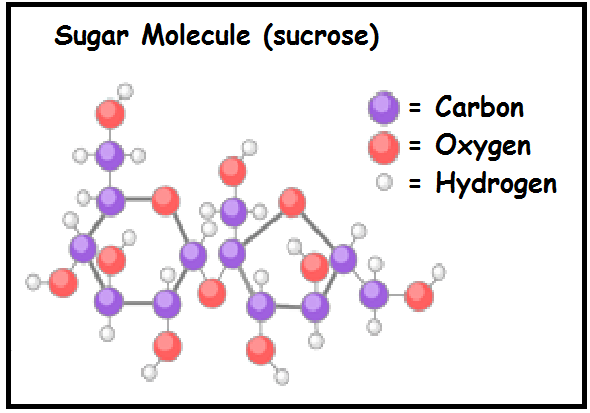
Such bonds are stronger than hydrogen bonds, but similar in strength to covalent bonds. The electrostatic forces acting within an ionic solid are quite large. The larger the energy change the stronger the bond because the energy lost by the atoms (or ions) is imparted into the energy of the bond itself.
#When two water molecules join together free#
Reactions that form ionic crystals occur only if the overall energy change for the reaction is favorable (the bonded atoms (or ions) have a lower energy than the free ones). The bonding energy (from the electrostatic forces acting within the crystal structure) is large enough that the net energy of the bonded ions is lower than their collective energy in the unbonded state. If the electron moves from lithium to fluorine each ion acquires the stable electronic configuration of a noble gas. Fluorine has seven valence electrons and it tends to gain one electron in order to give a stable octet of electrons. In this example, lithium has one valence electron, which is held rather loosely and is easily lost. The resulting ionic solid is held together by ionic bonds formed due to the electrostatic forces acting between charged ions. Metals loose electrons to form cations, and non-metals gain electrons to form anions. The formation of an ionic bond is exemplified in the reaction between the metal, lithium, and the non-metal, fluorine. While ions in principle can be monatomic or polyatomic, the ions in most crystals are monatomic. In this way, the lattice minimizes the repulsive forces between the similarly charged ions and maximizes the attractive forces between the oppositely charged ions. The lattice arrangement means that each positive ion is surrounded most closely by negative ions and each negative ion is surrounded most closely by positive ions. These ions are held together in an ordered three-dimensional array, a crystal lattice, by coulombic attractive forces acting between the net positive or negative charges on the ions and by repulsive forces associated with the electron shells of each ion. Ionic solids are electrically neutral and contain both cations (positively charged ions), and anions (negatively charged ions). The ionic bond refers to the electrostatic forces holding the ions together, but not collapsing together, in an ionic solid. This arrangement is known as cubic close packed (ccp).

Each atom has six nearest neighbors, with octahedral geometry.


The Sodium Chloride Crystal Structure is an example of a crystal lattice held together by electrostatic forces. Likewise with harmoniously bonded people, an input stronger than the bond between them is needed to break their relationship. Conversely, separating two chemically-bonded atoms (or ions) requires the input of enough energy to return to each entity energy sufficient for autonomous existence. Similarly, two people interacting harmoniously are naturally bonded and may feel themselves buoyed by the relationship, as though their existence requires less energy. As a consequence, the two bound entities each exist with a lower individual energy than when they were autonomous and the bond is stable. In the formation of a chemical bond between two atoms (or ions), for example, each of the two relinquishes a part of its energy of autonomous existence as a contribution toward the energy of the chemical bond formed between them. Chemical bonding theory explains one aspect of the relational nature of physical existence and mimics in some ways the essential nature of bonds holding people together in families, groups, societies, or nations.


 0 kommentar(er)
0 kommentar(er)
